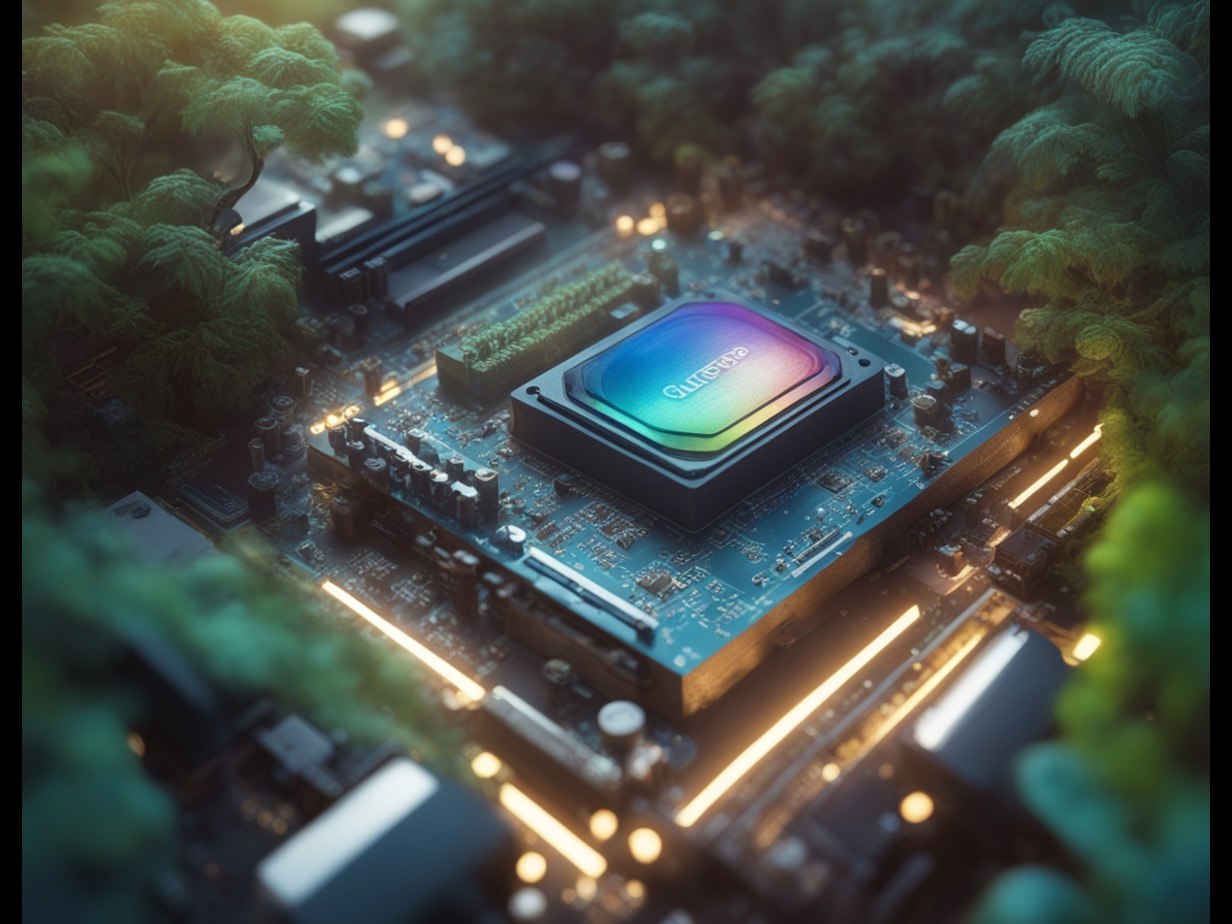The EOS blockchain started reinventing itself at the end of 2023, and has shown rapid revenue growth by the end of Q1. Recent Messari research shows EOS may emerge from years of obscurity and find its spot in the renewed drive for decentralized platforms. EOS earnings rose due to a higher transaction count, as well as fees for shared RAM resources.
One of the key drivers of EOS in the coming months may be Bitcoin-based finance, where fractions of a BTC coin will be represented on the Bitcoin network.
The EOS revenues are still around $1M per year, a small fee compared to other networks. However, the rising activity is seen as a positive sign for building after a long period of stagnation.
Is EOS Making a Comeback?
EOS launched back in 2017, after a long period of auction-based token sales. This helped EOS build a significant treasury in ETH tokens, while the network searched for projects and real-world applications.
The EOS network will also go through an overhaul in the summer months. For one, the supply of tokens will grow to 2.1B, injecting another 900B into the market. EOS currently has around 1.2B tokens in circulation, some held in relatively old wallets.
The new tokens will be paid out first to block producers, and will be used in the RAM market. The EOS network has a unique feature where it shares RAM resources for decentralized activities, and relies on fees to buy a part of the RAM on the virtual machine.
RAM prices rose by 10X in 2024, showing a rise in usage and possibly a speculative market. The EOS RAM market is also among the top drivers of value for the network.
Source: EOS Authority
The EOS network is also planning to increase the number of block producers and boost the speed of finalized transactions. EOS is different from other networks in that transactions have a grace period to fix errors before becoming permanent.
Savanna Consensus Coming to EOS in July
The EOS Foundation has already locked the date for the Savanna consensus update. The new version is already running on testnet, and will be launched on the EOS main network from July 31.
The Savanna upgrade may bring attention to EOS, along with altered rules, a higher number of block producers and a shorter time until transactions are finalized.
The Savanna consensus has been proposed a few months back, and will contain mechanisms to transfer RAM tokens between accounts, or burn RAM to decrease supply.
The July upgrade will also open the door for building more distributed apps on EOS, making the network overall more user-friendly.
EOS to Carry Tokenized Bitcoin
The most significant addition to EOS would be a new DeFi tool using Bitcoin representation on the EOS blockchain.
The ExSats project was introduced in May, and has already outlined its goals of creating a docking layer to connect Bitcoin to other networks.
With the ExSats protocol, EOS plans to carry a Layer 2 scaling solution for Bitcoin. This will create a new type of asset, capable of interacting with other blockchains and the Ethereum ecosystem. The ExSats solution will join a growing list of attempts to bring DeFi to Bitcoin, including RGB technology, Ordinals, and Runes.
The ExSat network will have a significant barrier to entry, where each validator must stake at least 100 BTC.
Can the EOS Market Price Recover?
EOS is trading at $0.80, keeping to a tight range after years of stagnation. Even with increased usage, EOS has remained stuck in sideways trading. The asset, once a top-10 token, fell to position 86 based on market capitalization.
The EOS market will now have to absorb the additional tokens, which may decrease the price. EOS has a relatively stable trading volume of around $130M per day. EOS is spread out in minor trading pairs, with sales slippage over $400K.
During the Web3 boom, the EOS network found support from several decentralized apps. EOS and WAX supported the Wombat Dungeon Master game. The most active app on EOS remains Uplant, a metaverse game with more than 25K daily players.
Cryptopolitan reporting by Hristina Vasileva



